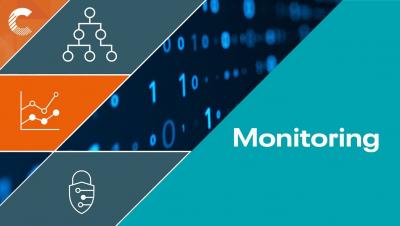Announcing GA of DataFlow Functions
Today, we’re excited to announce that DataFlow Functions (DFF), a feature within Cloudera DataFlow for the Public Cloud, is now generally available for AWS, Microsoft Azure, and Google Cloud Platform. DFF provides an efficient, cost optimized, scalable way to run NiFi flows in a completely serverless fashion. This is the first complete no-code, no-ops development experience for functions, allowing users to save time and resources.




